Piston Pete
Teach Peace
Nice report & thanks for sharing...more pls!! :thumleft:
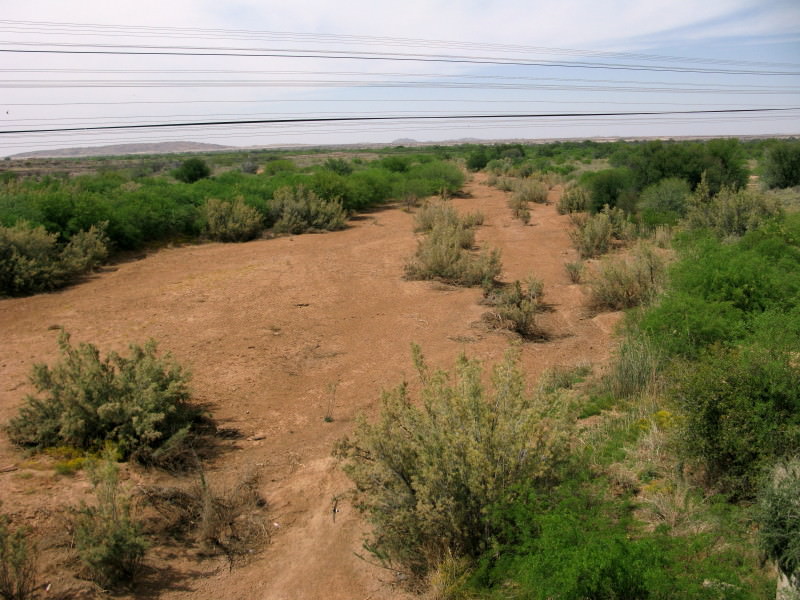
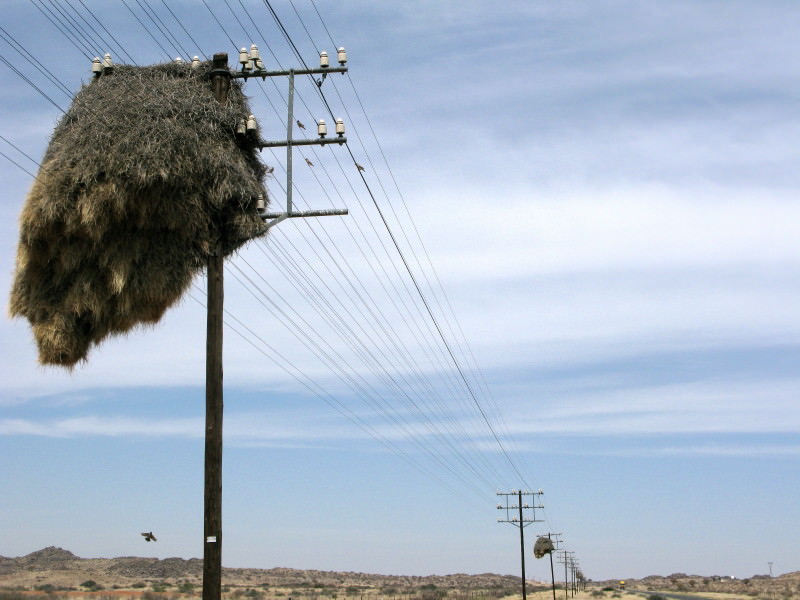
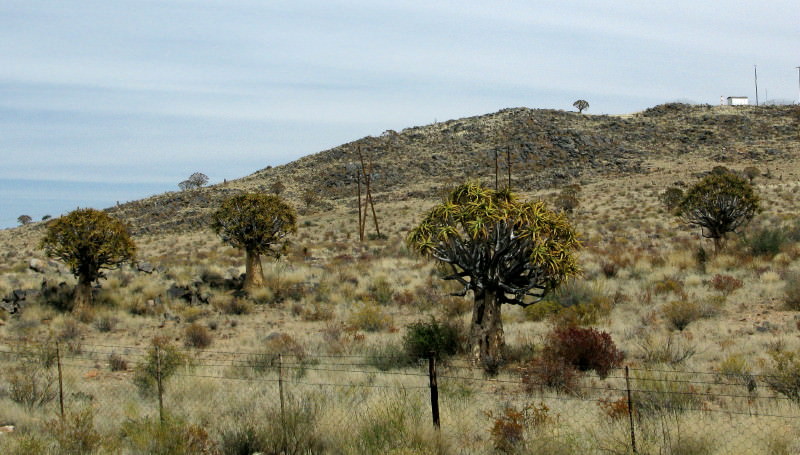
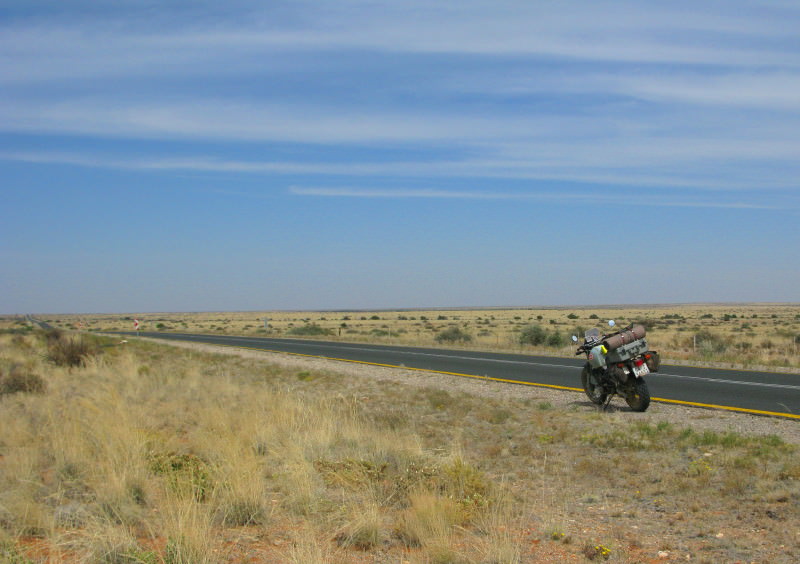

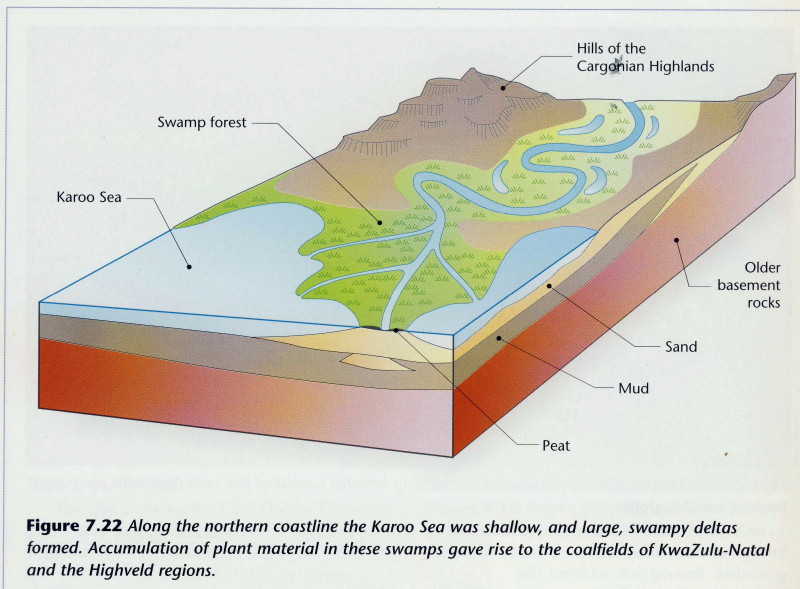
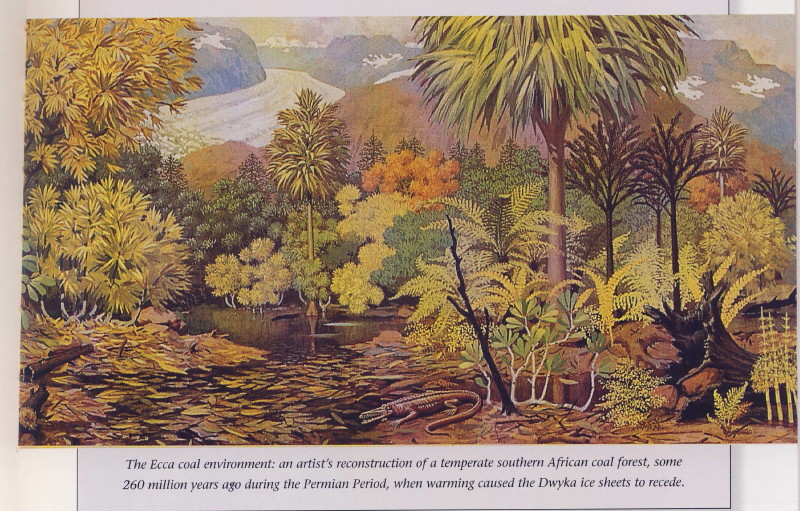


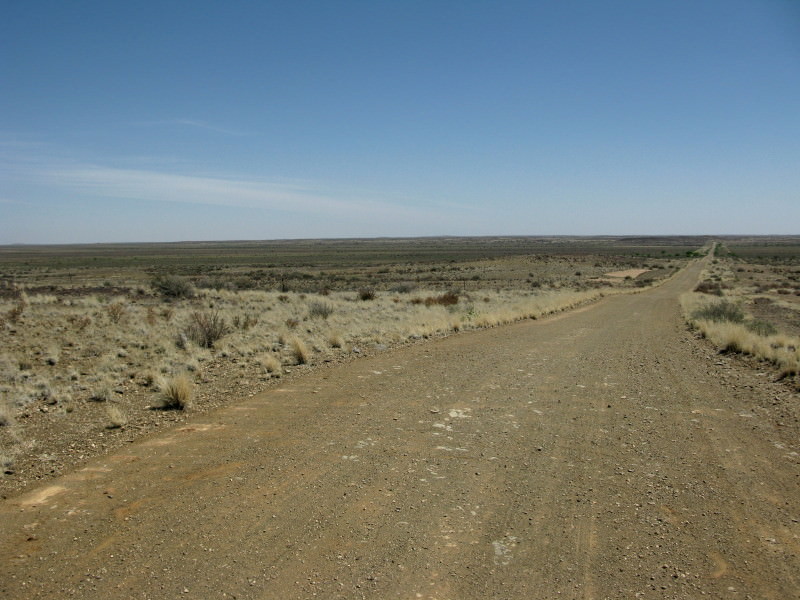
Trailrider said:Finally! This is going to be good. I REALLY REALLY like that TW. Small bikes and small bike trips have a honesty about them that I cant explain and not everybody gets. But it has a huge appeal to me.
Subscribed!!!
Vir die meeste 19de-eeuse veeboere was vleis doodgewoon stapelvoedsel en brood 'n luukse waarsonder vir maande lank klaargekom kon word. Gevolglik het die sendelinge se tuinmaakidees, ten koste van veeboerdery, nie geredelik ingang gevind nie. By geleentheid het eerwaarde Beinecke byvoorbeeld geskok in sy dagboek k van 'n man vermeld wat so verknog was aan sy vleisdie6t dat hy dit prontuit gestel het dat hy sy mond nie aan brood sou sit nie omdat dit vir hum net soos klei gesmaak het. Vir hierdie man het eerwaarde Lutz se gereelde preke tydens droogtes dat "die liewe God dit weer goad geag het om die Easters se broodmandfle ietwat hoer te hang"' kennelik min indruk gemaak!
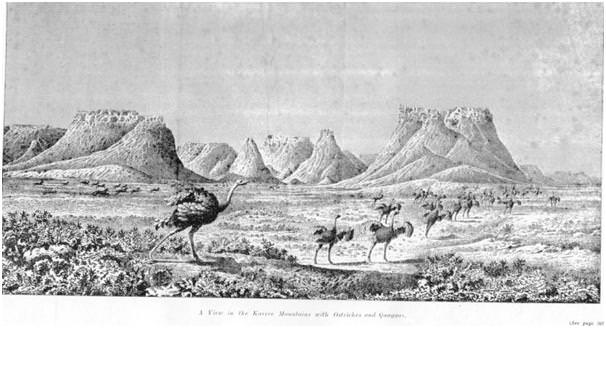
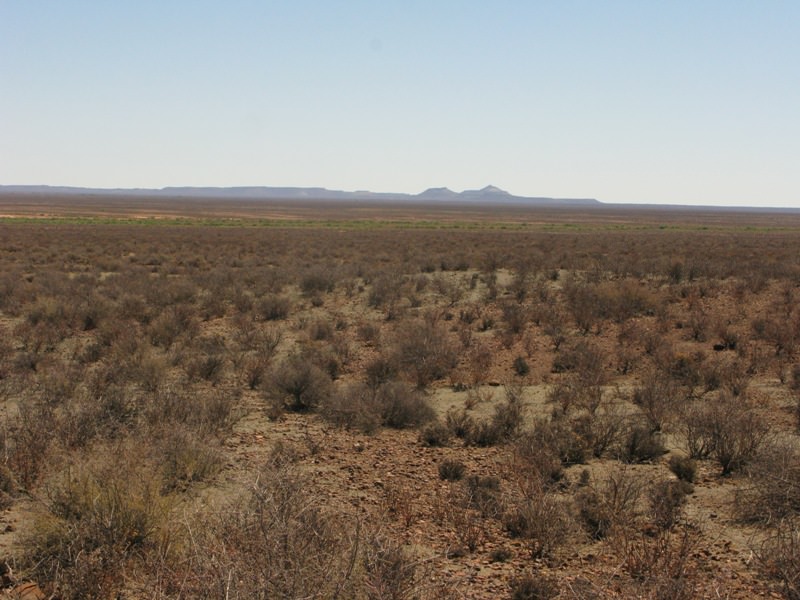
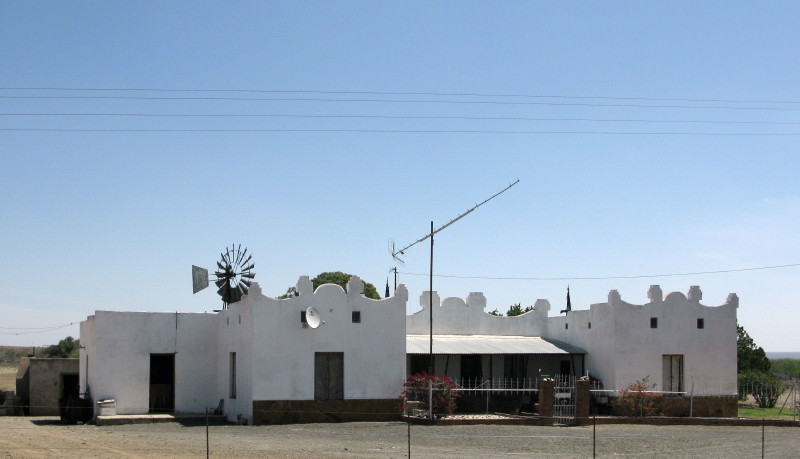


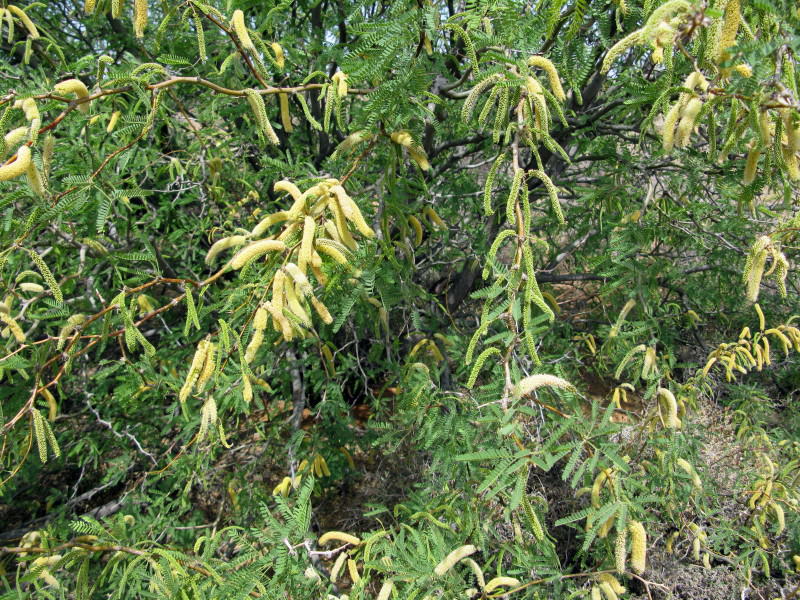
Hoewel geen borne, in die Zakrivier voorkom nie, was die groot hoeveelhede riete in die rivier vroe & onontbeerlik vir die bou van mabieshuise en om dakke te dek. Ongelukkig is die indringerboom, die Prosopis, vandag 'n groot probleem. Vanwee die peule se hoe voedings-waarde vir there is hierdie indringerboom, wat afkomstig is uit die VSA, op aanbeveling van die destydse Department van Landbou aangeplant. Ongelukkig vernietig dit die natuurlike habitat in die rivier.
Die Algarobius prosopis kewer is vrygestel om met die bestryding van die borne te help.
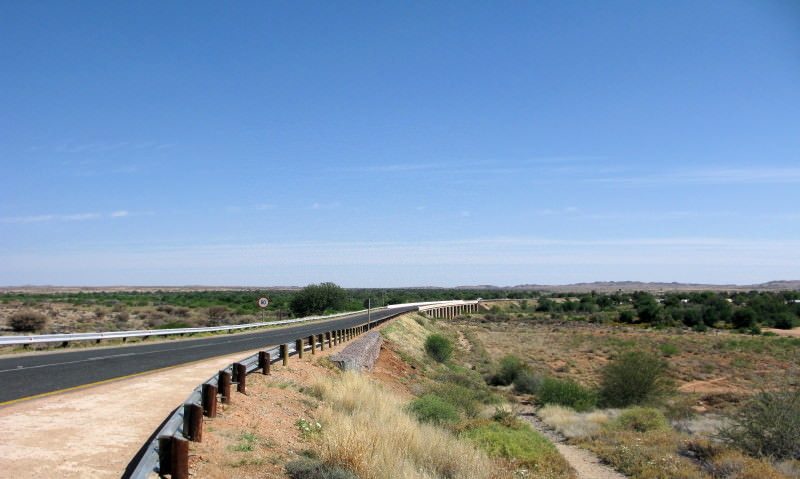
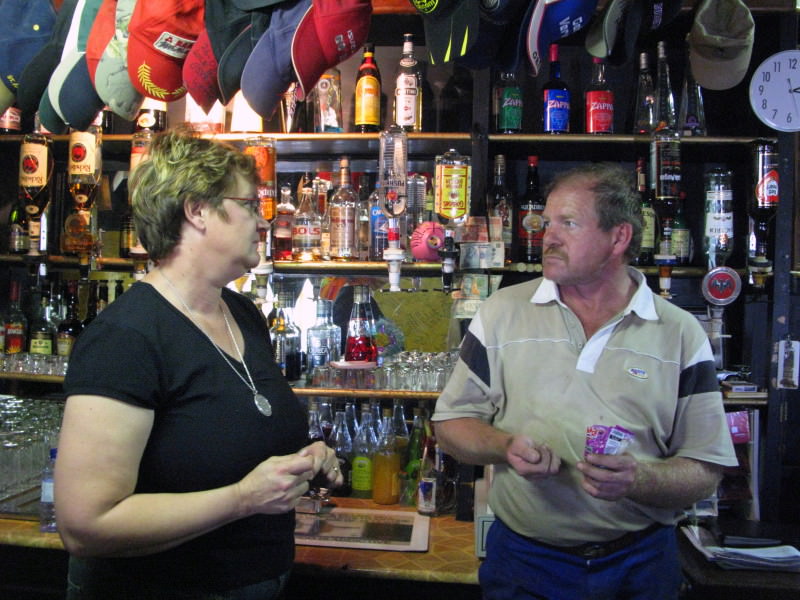

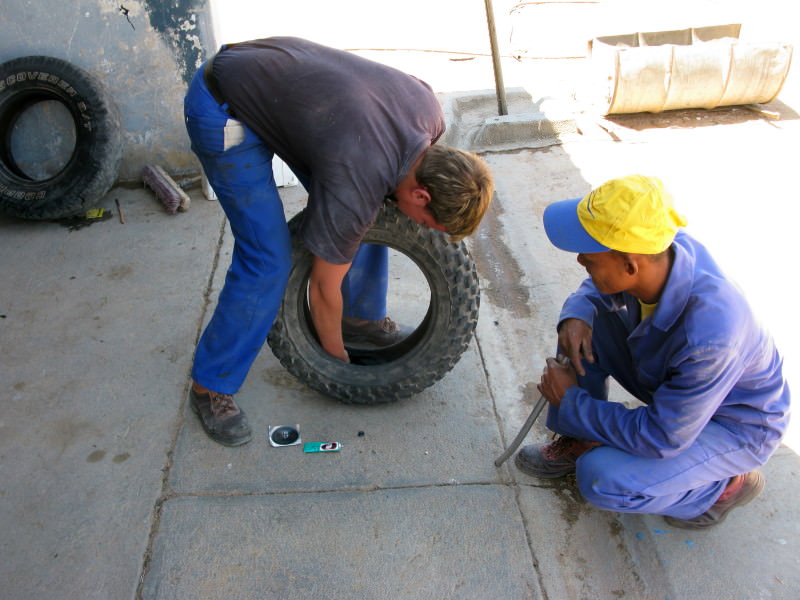
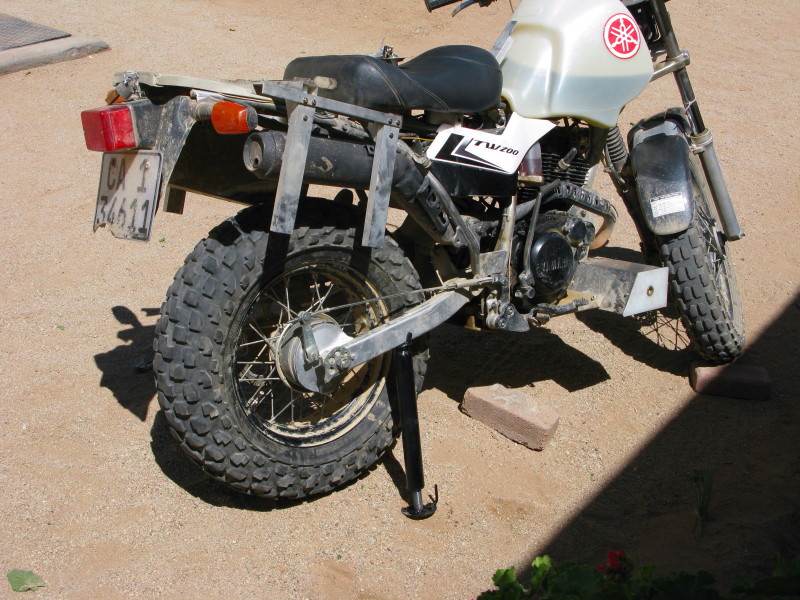
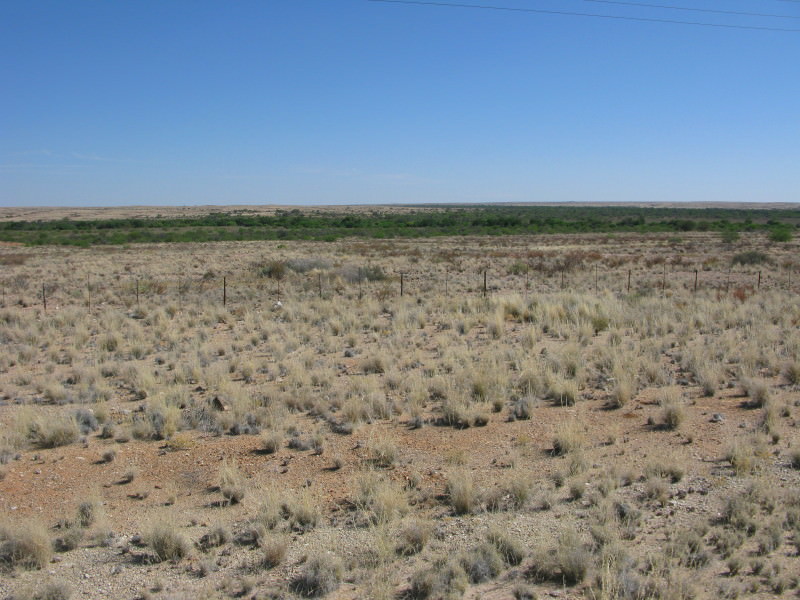



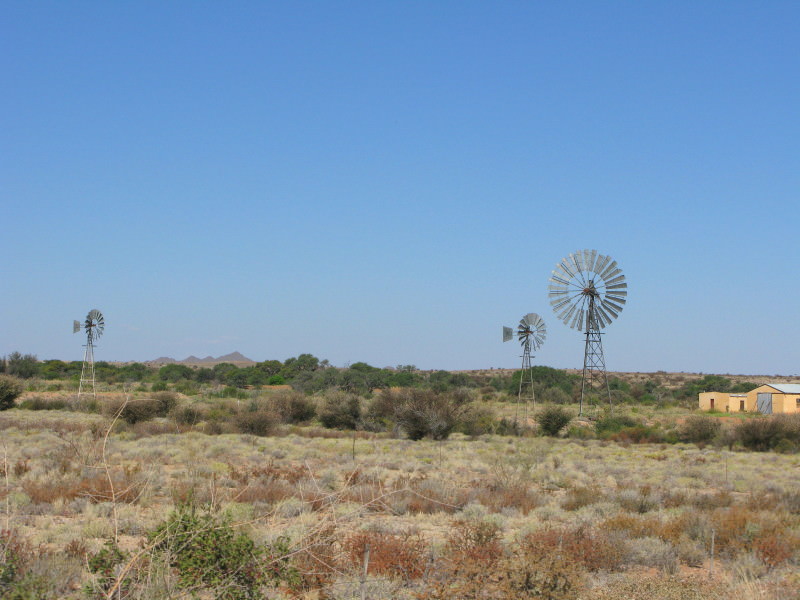
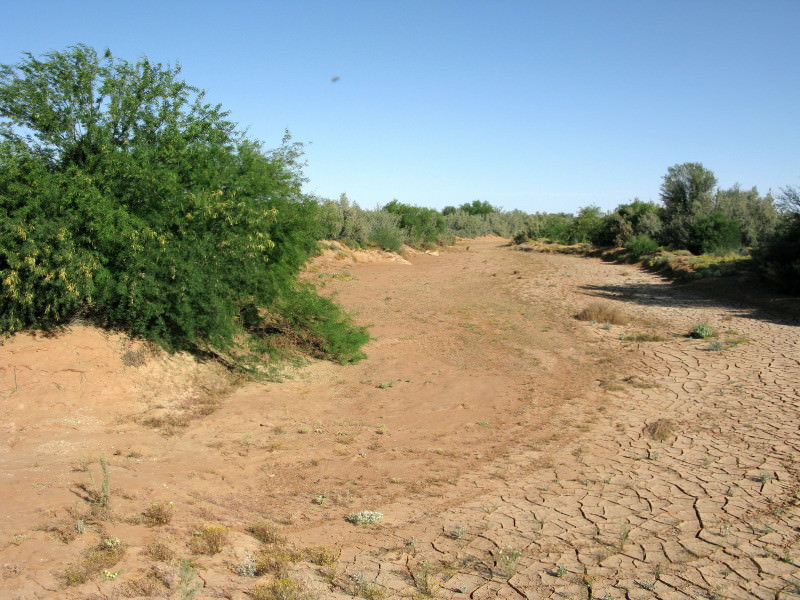
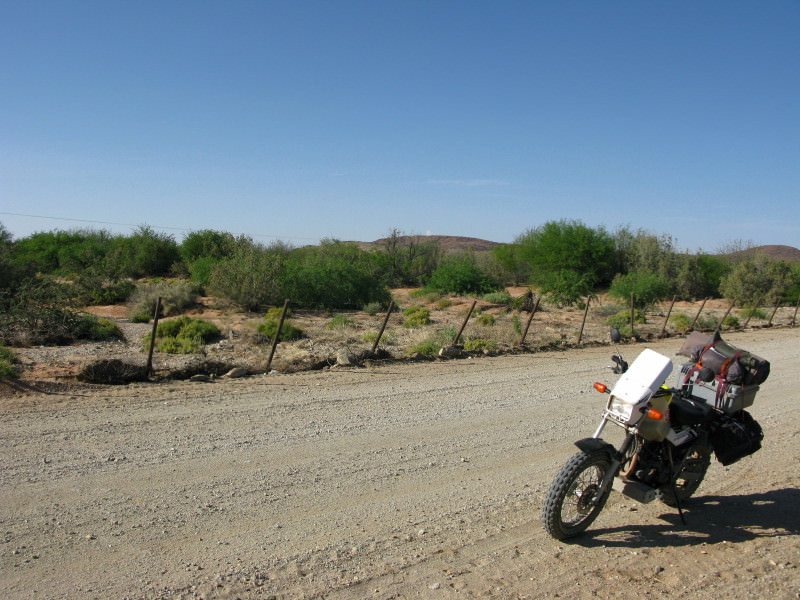
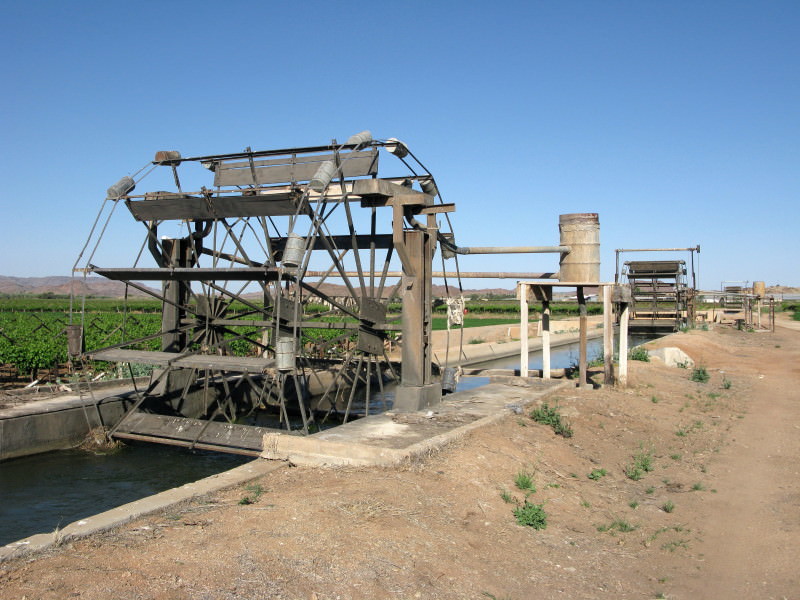
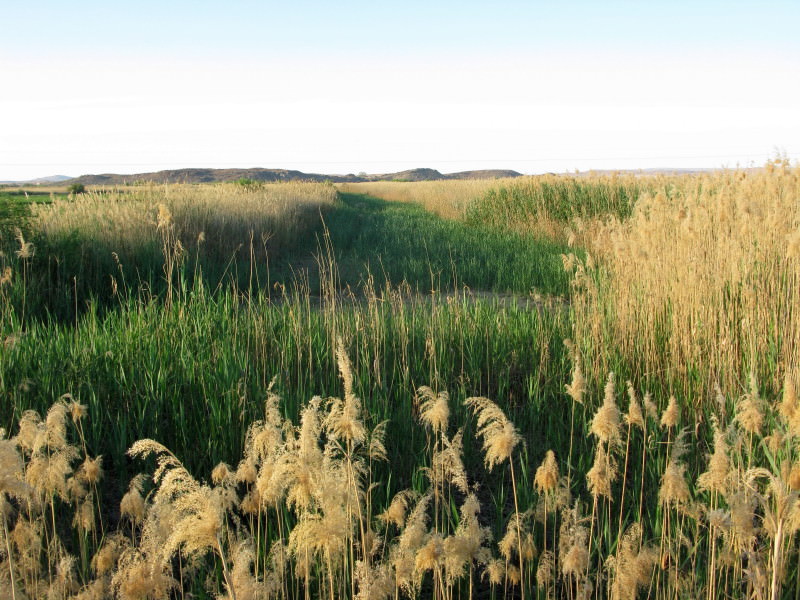
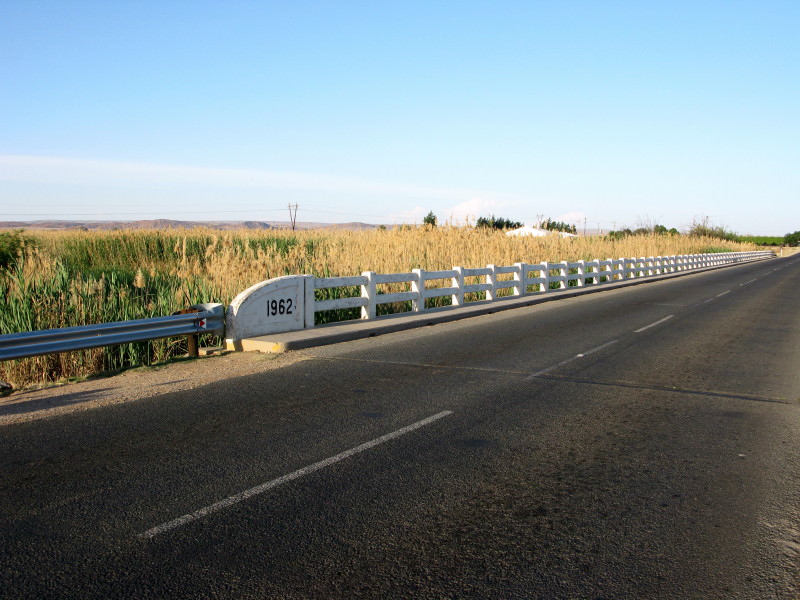
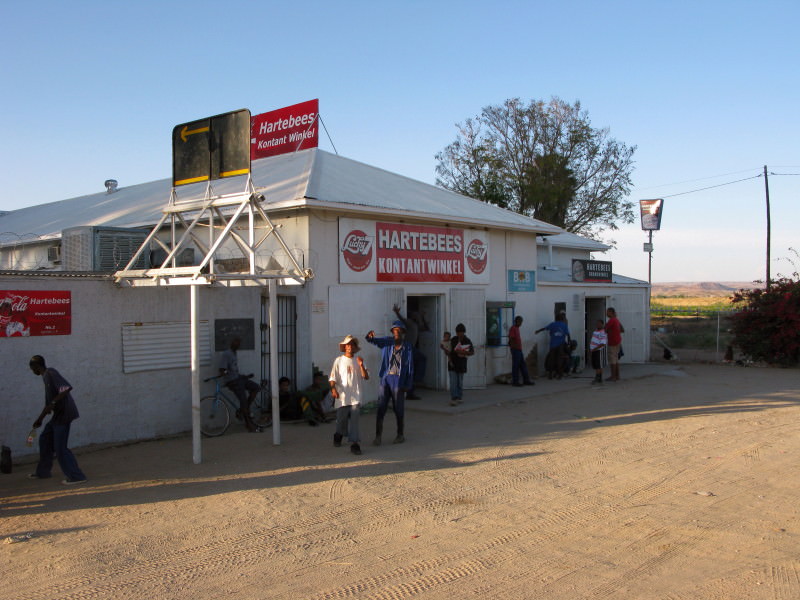
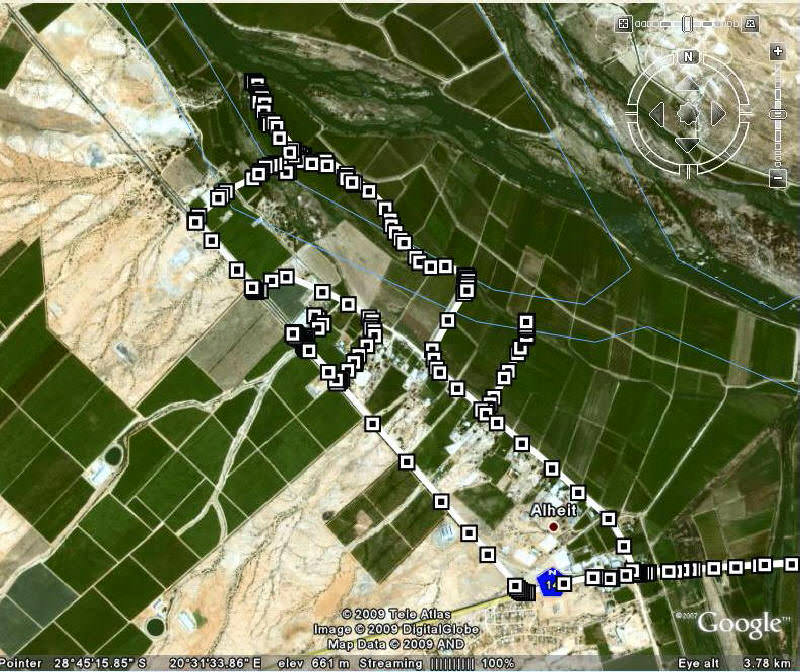
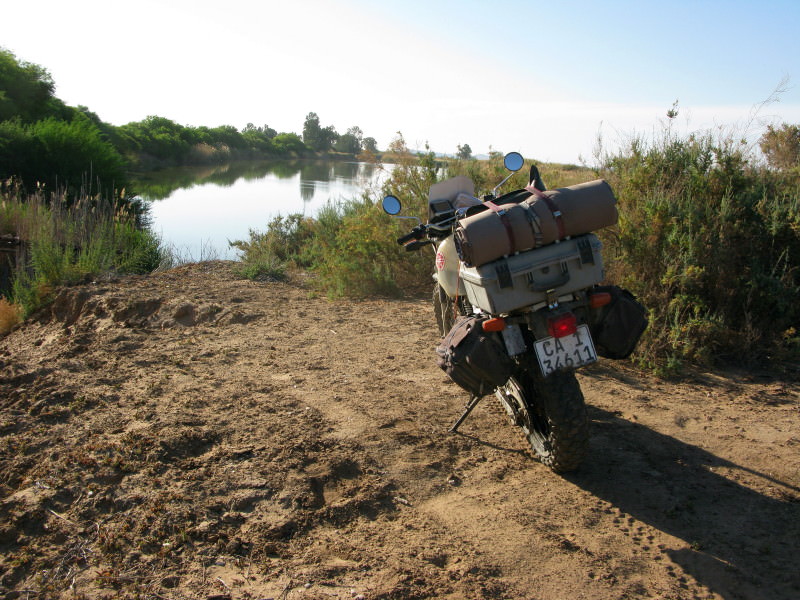


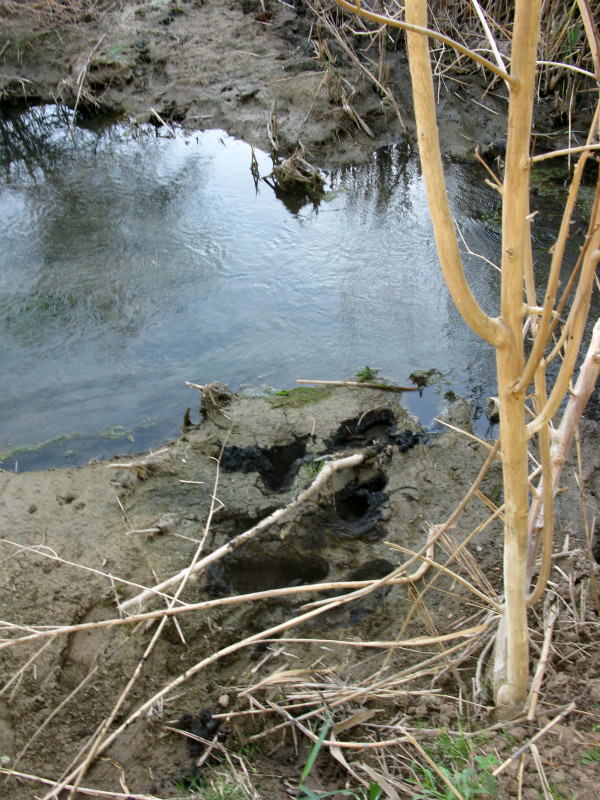
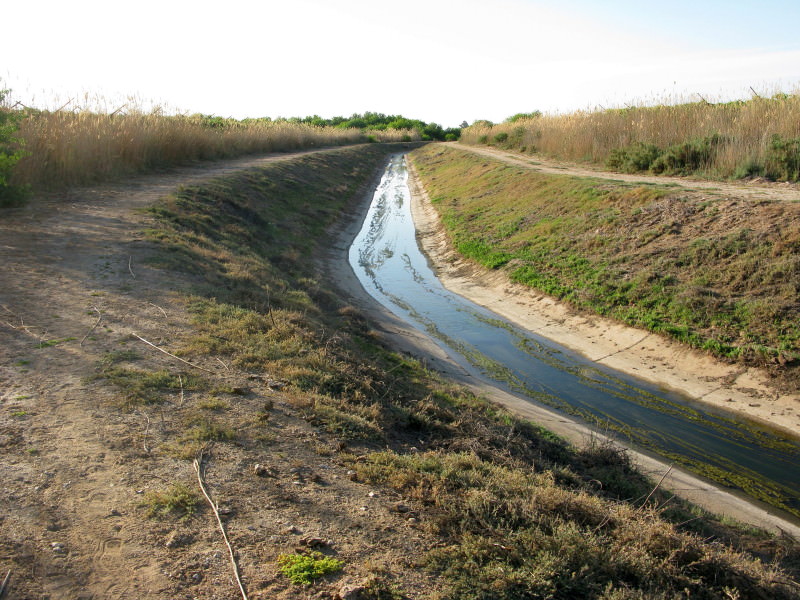
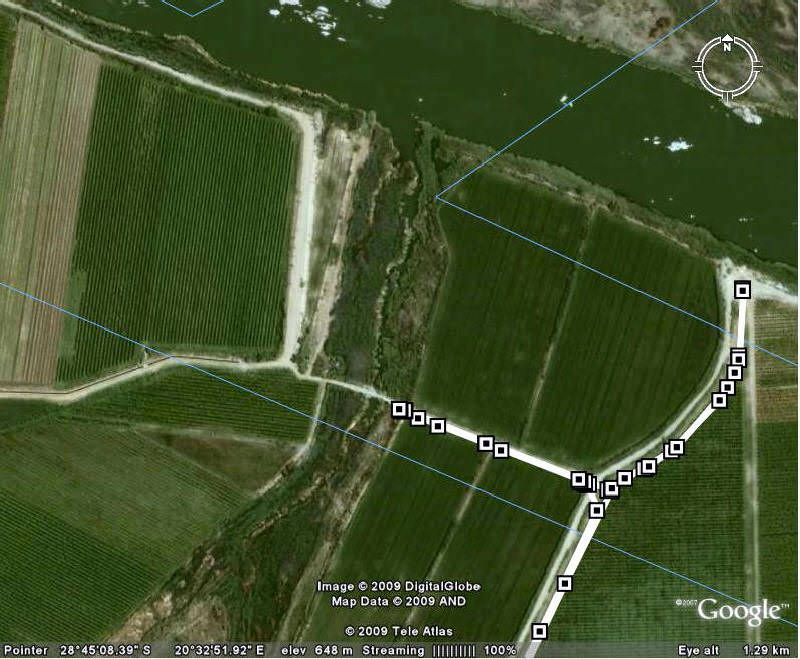

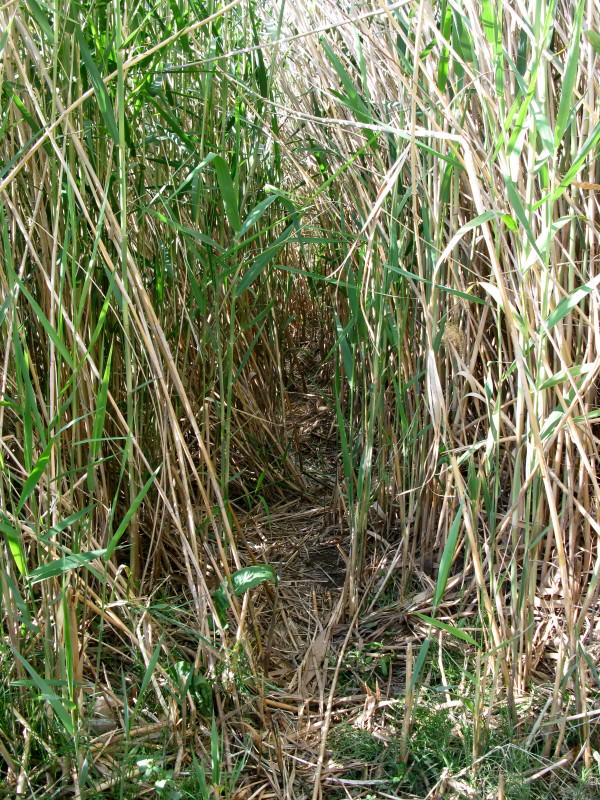


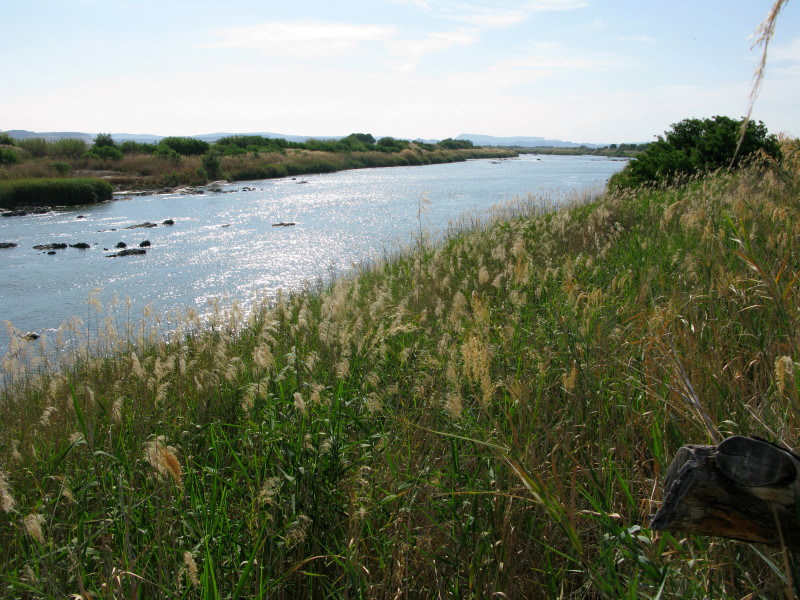
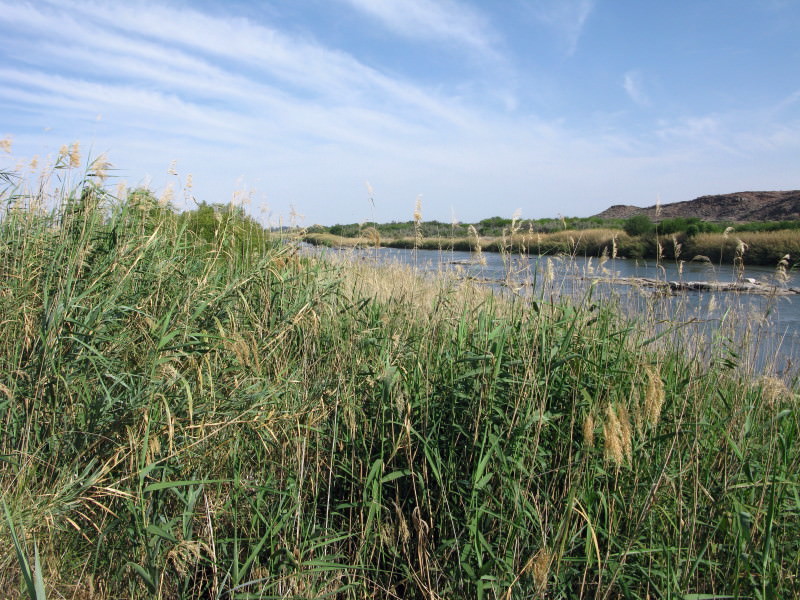
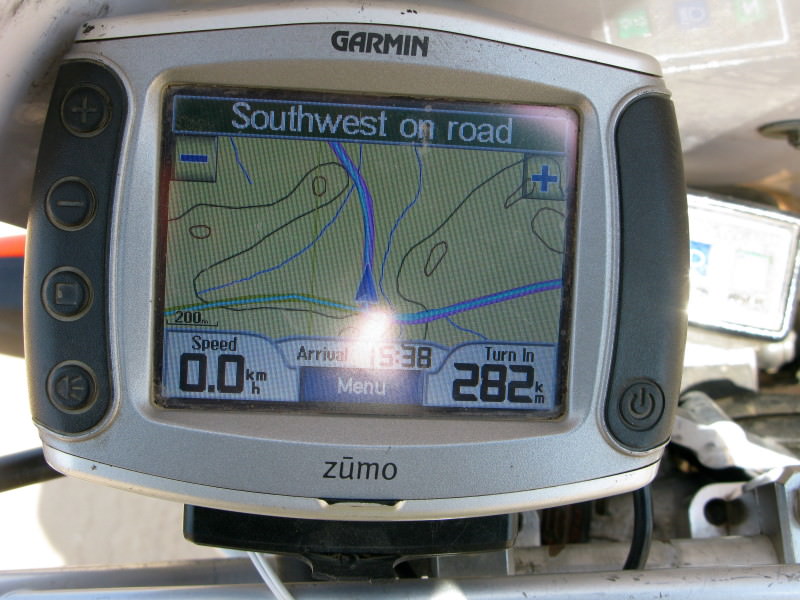
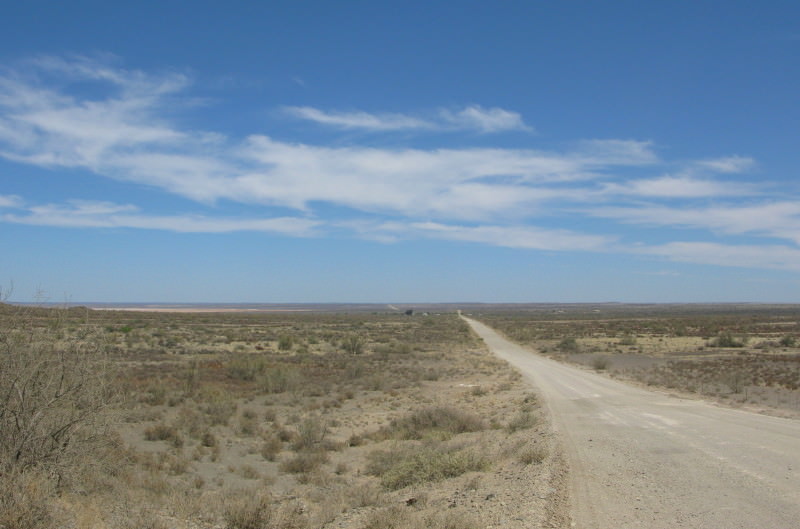

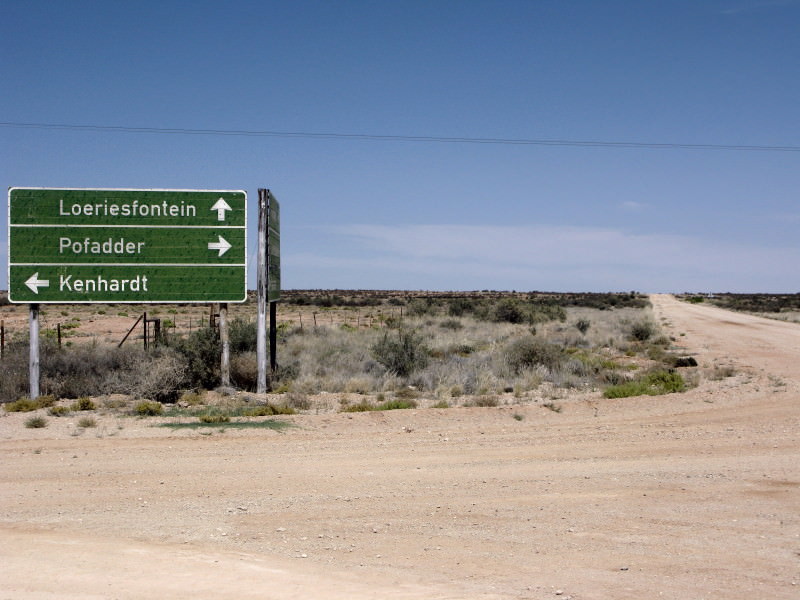
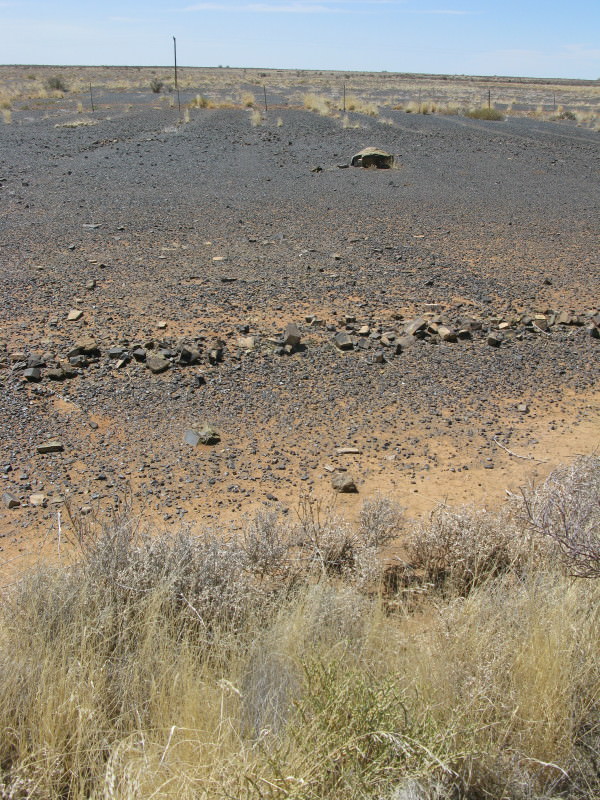
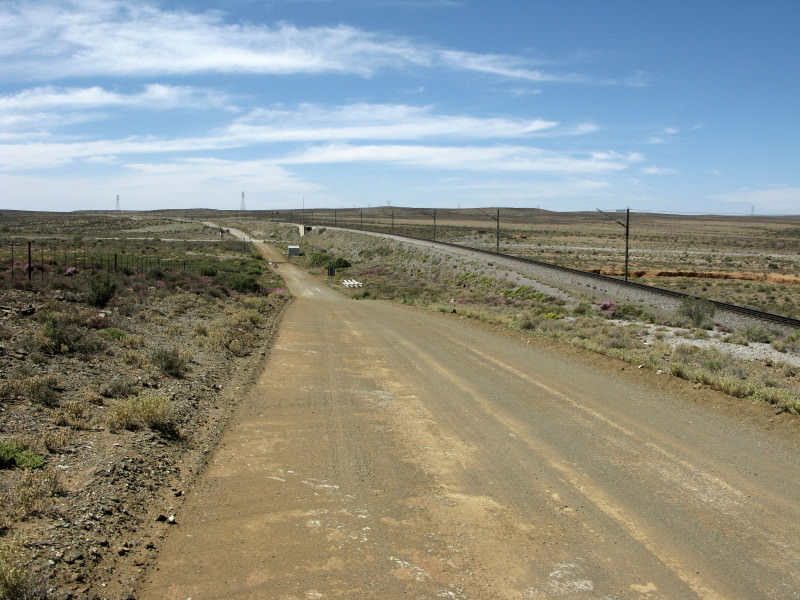
Martin Burger, the Railway Engineer
The year was 1971, Martin's third year at UCT studying Civil Engineering.
A compulsory course was Railway Engineering, lectured by Prof DC Robertson, the legendry railway engineer of years gone by. DC was well into his seventies, but his sense of humour had retired a few years previously.
One particular lecture was about Long Chains and Short Chains. For over an hour, DC lectured passionately about how Long and Short Chains occurred when a deviation was made to a railway track route. About 15 minutes before the end of the lecture, DC looked up, removed his glasses and asked "Any questions?"
From the back of the lecture theatre, a voice was heard "Please Sir, could you explain what a Long Chain is?"
DC's face turned red as he spluttered "Who said that?"
Silence.
DC then demanded "Will the student who asked that question please stand up!" At the back of the lecture theatre, Martin Burger rose to his feet.
DC "Get out of my lecture theatre!"
As Martin made his way down the aisle steps, DC was further enraged as he said "What is more, you have the audacity to attend my lecture barefoot! You are a disgrace to this University. Get out and never return to my lectures."
Little did Martin know that Long and Short Chains were to plague his working career. After graduating in 1972, Martin, a Clifford Harris bursary student, was sent to work on the Sishen - Saldanha Railway Line. Being over 800 km long, the railway line was riddled with Long and Short Chains.
Many years later, 2009 in fact, Guy Louw came across evidence of Martin's knowledge, or lack thereof, of Long and Short Chains. Whilst working on the upgrade of the Sishen - Saldanha railway line, Guy found the "As Built" drawings for the section of railway line near Loeriesfontein that Martin was involved with. Long and Short Chains abound.
On one particular section, it is evident that there was a variation in the track route. Martin had done his calculations (rumour has it that there was beer involved) and presented his
calculations to the Resident Engineer in order for the "As Built" drawings to be prepared.
There was ambiguity as to whether it should be a Long Chain or Short Chain. Eventually, to solve the dilemma, it was indicated as a Burger Chain. (See attached "As Built" drawing).
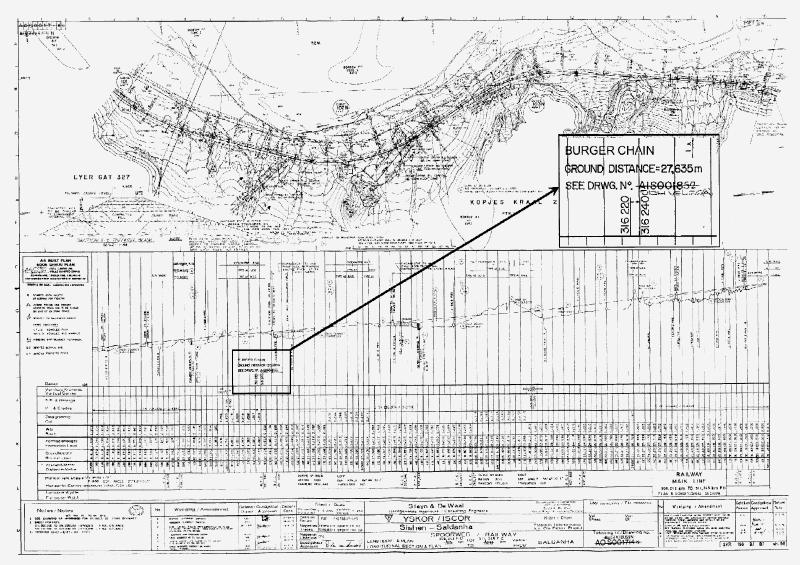
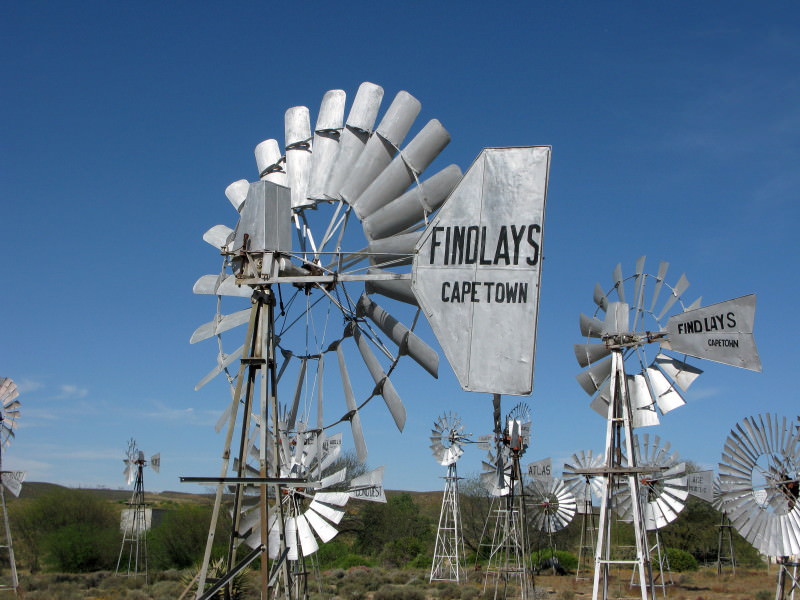


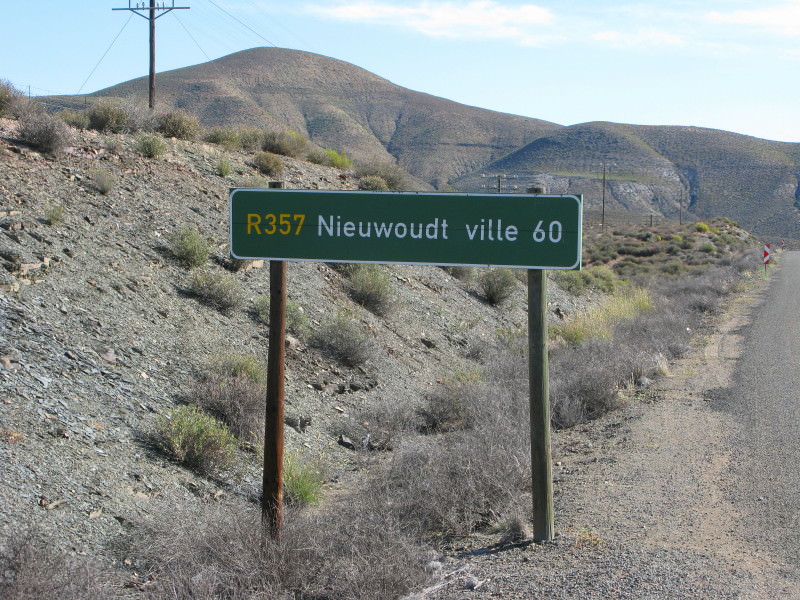
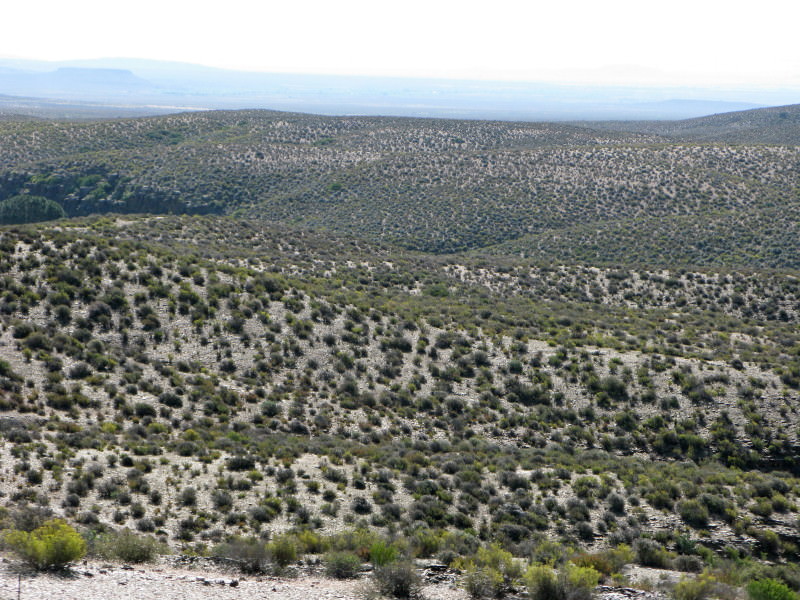
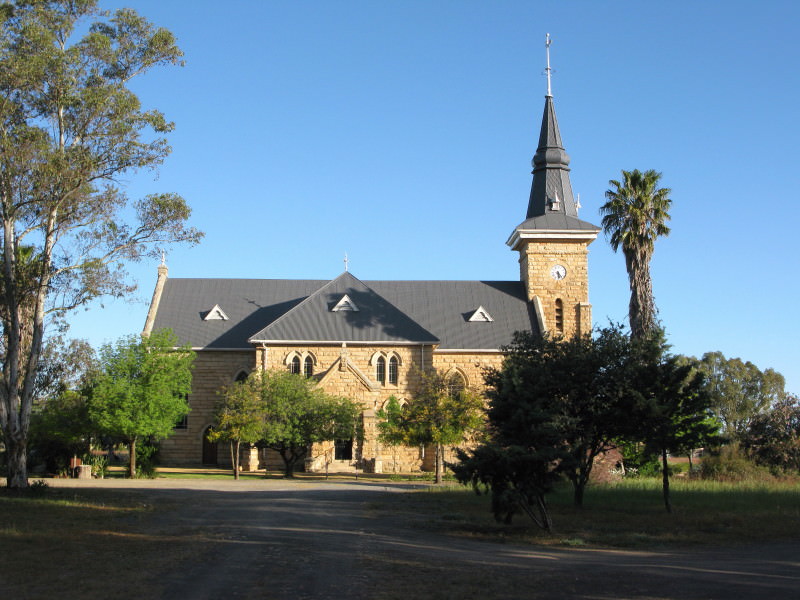
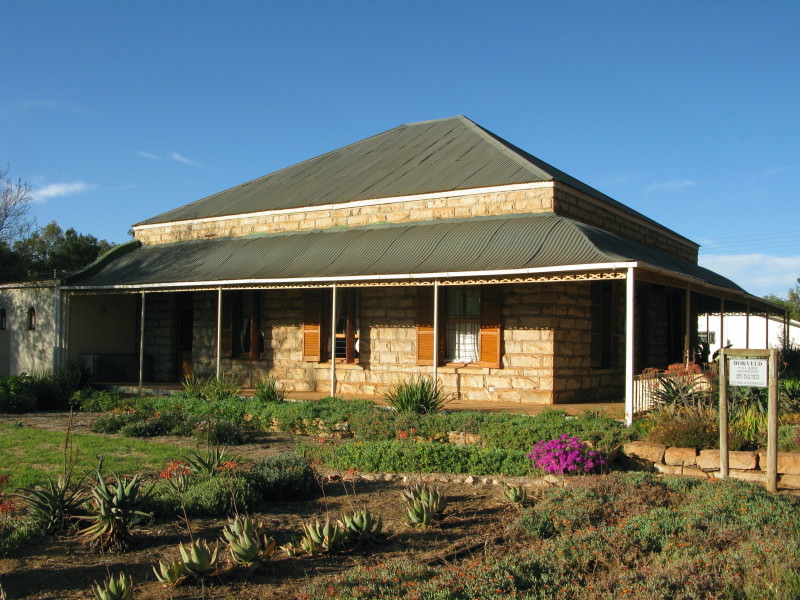
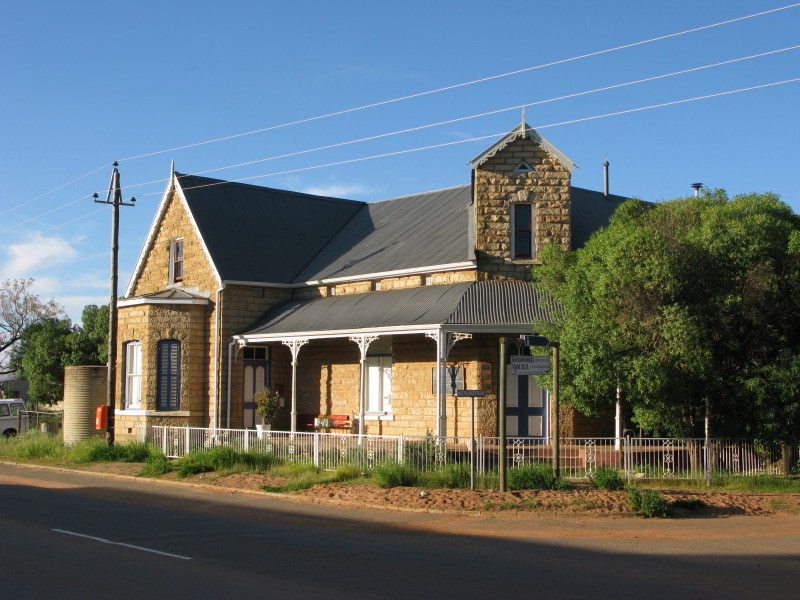
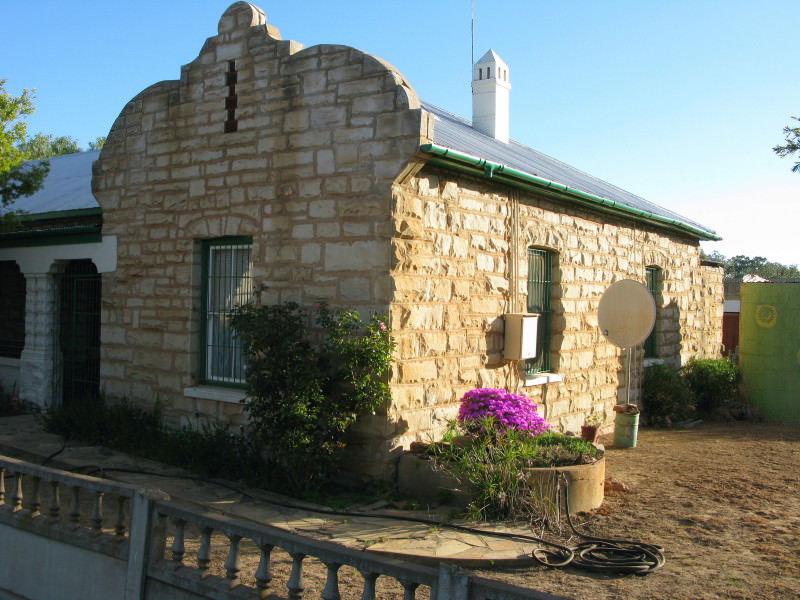
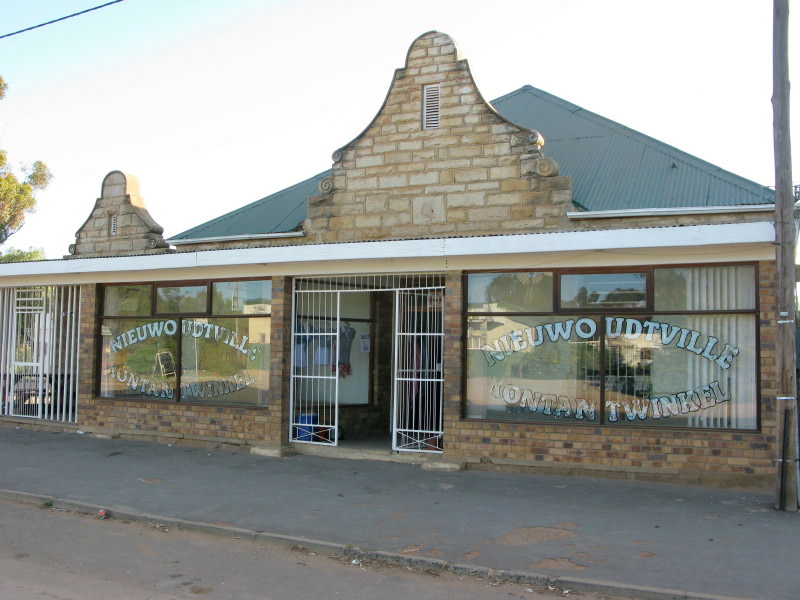
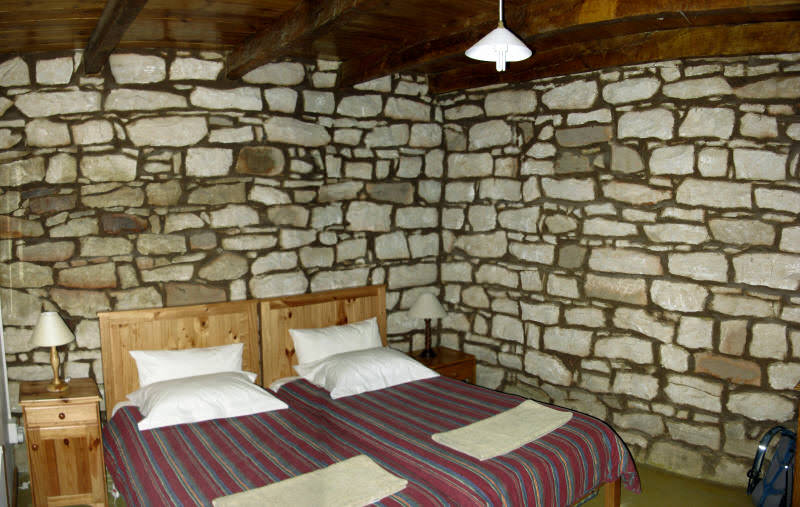
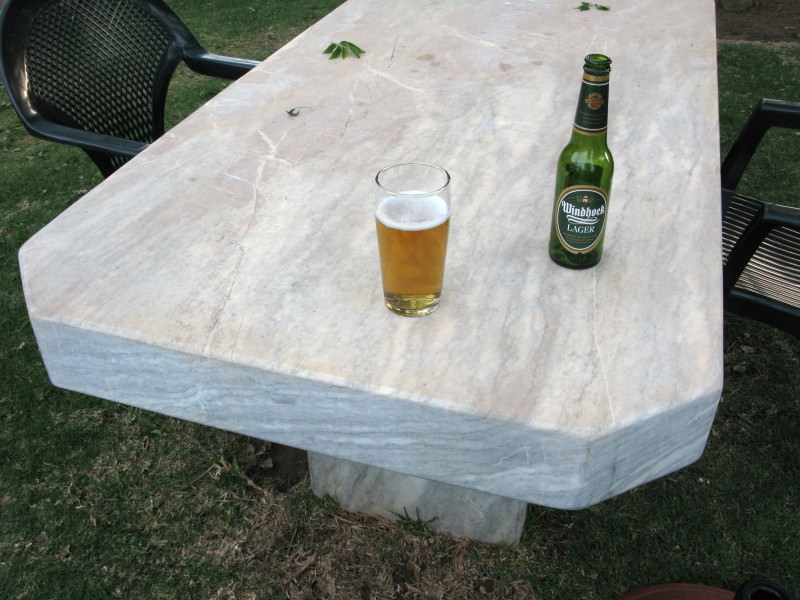
Enter your email address to join:




